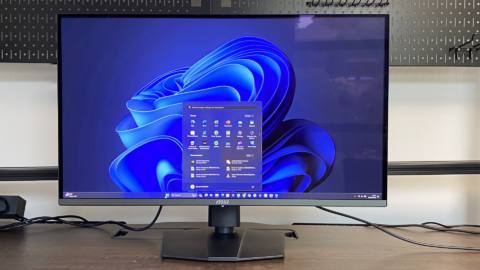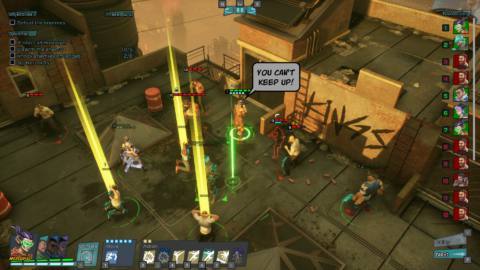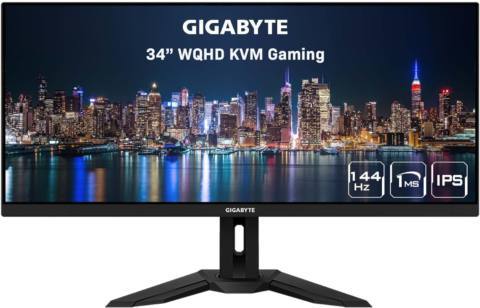In a break from his usual sideline of posting pithy excerpts from the Bible (yes, really), Intel CEO Pat Gelsinger has been bigging up Panther Lake, a next-gen CPU from Intel based on the company's upcoming 18A process node.
In a post on X, Gelsinger claims Panther Lake is up and running and has booted operating systems. The Intel CEO also says that it's slated to go into full production next year. Not a huge amount is known about Panther Lake, architecturally speaking. However, the new 18A process node it uses does bring two critical innovations mentioned by Gelsinger.
“Intel 18A has brought together two critical innovations to enable customers to make leaps in scale and power efficiency: RibbonFET gate-all-around and PowerVia backside power technology – an industry first for foundry customers,” Gelsinger said.
For the record, the 18A node is the final of the so-called five new nodes in four years touted by Gelsinger and Intel as part of the company's plan to regain technology leadership from rivals including Taiwanese chip-manufacturing colossus TSMC.
More specifically, the five nodes in four years kicked off with Intel 7, which was really a rebrand of Intel's troubled 10nm node. Intel 7 begat Intel 4, arguably the node previously known as 7nm with a modest Intel 3 revision, and Intel 20A following that and Intel 18A a revision thereof.
Panther Lake and Clearwater Forest, lead products on Intel 18A, are out of the fab, powered on, have booted operating systems, and are on track to start production next year. Additionally, Intel 18A has brought together two critical innovations to enable customers to make leaps…August 6, 2024
Keeping up? Anyway, it is indeed perhaps the most notable aspect of the new Panther Lake CPU family that it's built on an Intel process node at all. Intel's upcoming Lunar Lake laptop chip has been entirely farmed out to TSMC for manufacturing of its two active silicon tiles.
It's not yet entirely clear how Intel's next-gen desktop CPU, Arrow Lake (which preceeds Panther Lake), will be composed. But most rumours indicate that, at best, only a small number of Arrow Lake CPU models will contain any active Intel silicon at all (as opposed to an interposer tile used to tie all the active tiles together) with the chips or tiles otherwise made entirely by TSMC.
Anyway, it's not known if Panther Lake will be monolithic or another tile-based CPU, though an Intel news post also claimed, “other signs of health include Panther Lake DDR memory performance already running at target frequency”. But it does seem like being built on Intel silicon as opposed to TSMC is a major part of its identity.

Best CPU for gaming: The top chips from Intel and AMD.
Best gaming motherboard: The right boards.
Best graphics card: Your perfect pixel-pusher awaits.
Best SSD for gaming: Get into the game ahead of the rest.
Anyway, you could say that Panther Lake and 18A will be the biggest test so far of Intel's attempt to return to form and put its many current troubles to rest. That's true not only in terms of Panther Lake CPUs themselves, but also the 18A node.
Intel 18A is being promoted by Intel as the killer node for its new foundry service offering, known as Intel Foundry, which aims to compete with TSMC as a customer fab making chips for customers including potentially existing rivals such as Nvidia and AMD.
Put simply, a lot is riding on Panther Lake and 18A. Intel will no doubt be hoping the Almighty is on its side when it comes to launch time.






